
Sonic the Hedgehog
Sonic's Master System Outing Sprints Down a Different Route than its 16-bit Counterpart
Sonic the Hedgehog
Platform: Master System

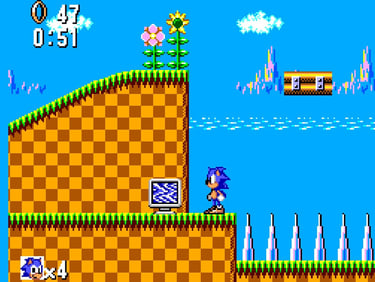
Second only to Nintendo’s Super Mario in terms of mainstream recognition, Sonic is the rare ‘90s video game franchise that has survived the climes of modern times, handedly outlasting his rascally mascot contemporaries as the years turned into decades. Even Sega, the Blue Blur’s corporate originators, has floundered where the hedgehog hasn’t; it often seems Sega lives on because of Sonic, not the reverse.
But for all his fame, the hero’s early history is still largely framed within his 16-bit games: Sonic the Hedgehog 1-3, Sonic and Knuckles, and Sonic CD. These fabled five are held in a kind of fond, reverential awe, the earliest accounts on record for the hedgehog’s considerable lore—a veritable, interactive Torah ofor the Sonic faithful. But Sonic was more than a 16-bit experience; Master System and Game Gear owners received a somewhat divergent gospel, a separate series of games both similar to their upscale counterparts, yet strikingly distinct. Games that, today, are deemed more apocryphal than appreciated.
Indeed, this rendition of "Sonic the Hedgehog," the first in a series of 8-bit games released across the Game Gear and Master System platforms, offers a different interpretation of the usual creed. In the 16-bit releases, stages were multi-tiered and beckoned exploration. Speed was paramount, platforming was secondary. There were inexplicable loop-de-loops and meta-pinball wizardry and floating mazes that spun against cascades of falling birds and neon fish. It was an exercise in flash over substance, some might say. But really, the games were simply a journey into the surreal—dynamic works of abstraction that compelled all who played.
But this 8-bit scripture paints a different picture, offering a game more straightforward, more linear, more deliberate. Here, precision platforming is better emphasized; tiered-exploration is rare. Environments are less exotic, more mundane—generically-devised “Bridge” and “Jungle” locales now join the more thematically rich Green Hill and Labyrinth Zones. Progression feels more utilitarian with presentation favoring function over form. Only the bonus rounds, with their bouncy, bumper-heavy, physics-defying antics, match the whimsy of the Mega Drive original.
The Sonic the Hedgehog series became a hit because of its 16-bits—this 8-bit retelling, no matter how clever or faithful, could never hope to overtake the preeminent edition. Unlike the competition between Super Mario 3 and Super Mario World, wherein the former could live, for a time, without facing an immediate replacement, Master System Sonic enjoyed no such luxury. It appeared not before, but amidst a graphical renaissance, and was thus ushered into instant irrelevancy. Gamers wanted the future, and Master System Sonic was but an inconsequential demake long before the term even existed.
But that was then. 8-bit graphics are now an aesthetic--an artistic choice--and Sonic is bigger than ever. If not a classic, this unsung romp remains a happy addendum to the hedgehog’s heritage, and fans owe it another chance.
As does Sega. If there's any justice, the company will do a Sonic Origins 2 dedicated directly to Sonic's full 8-bit legacy. The faithful should demand nothing less.--D
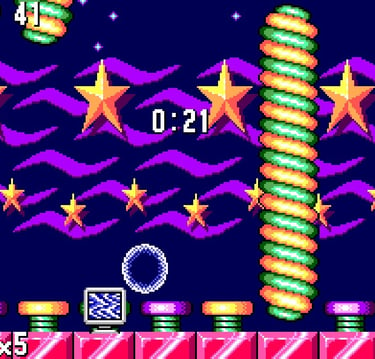

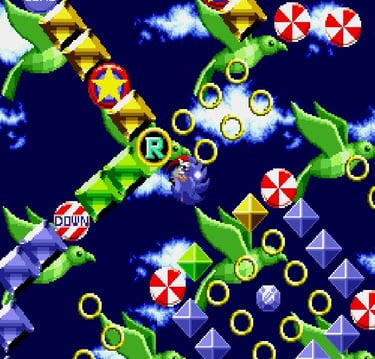

The game's bonus level sees a radical redesign from the 16-bit rendition--although the goal still involves "reaching the end," it's more about handling the tricky spring-physics than navigating a spinning maze.


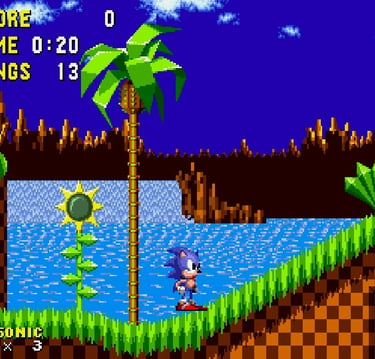

Both versions still share a decidedly lethargic Sonic when moving uphill from after a complete standstill.
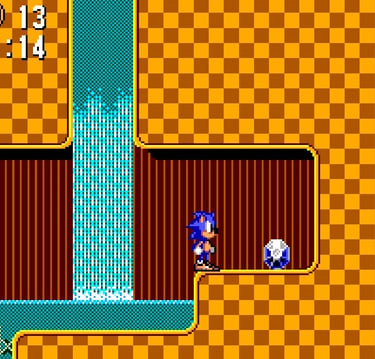

The Chaos Emeralds return for a total of six. This time, they must be found in the levels themselves.
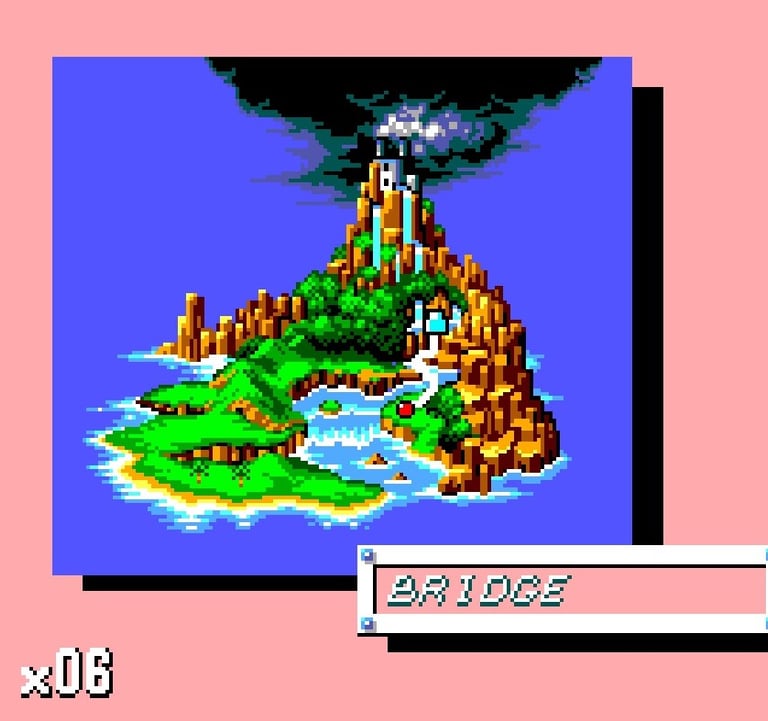

Unlike its 16-bit counterpart, this version of Sonic provides an attractive map of Sonic's homeworld. Sega would later include a 3-D rendition of this same scene in 2022's Sonic Origins.
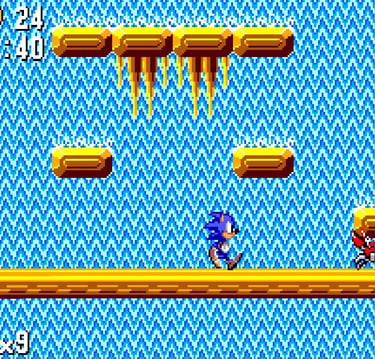

In one instance, the stage even scrolls vertically for a time. A missed jump means defeat.
Publisher: Sega
Developer: Ancient
Release: October 25, 1991
Genre: Platformer
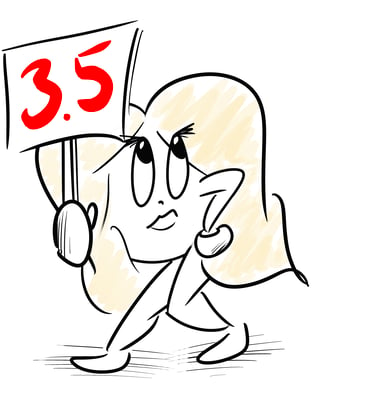

Contact: lostnostalgiaproductions@gmail.com
Website: www.lostnostalgia.com
Like what we're doing? Please consider throwing us a dollar into our Patreon page's tip jar!


